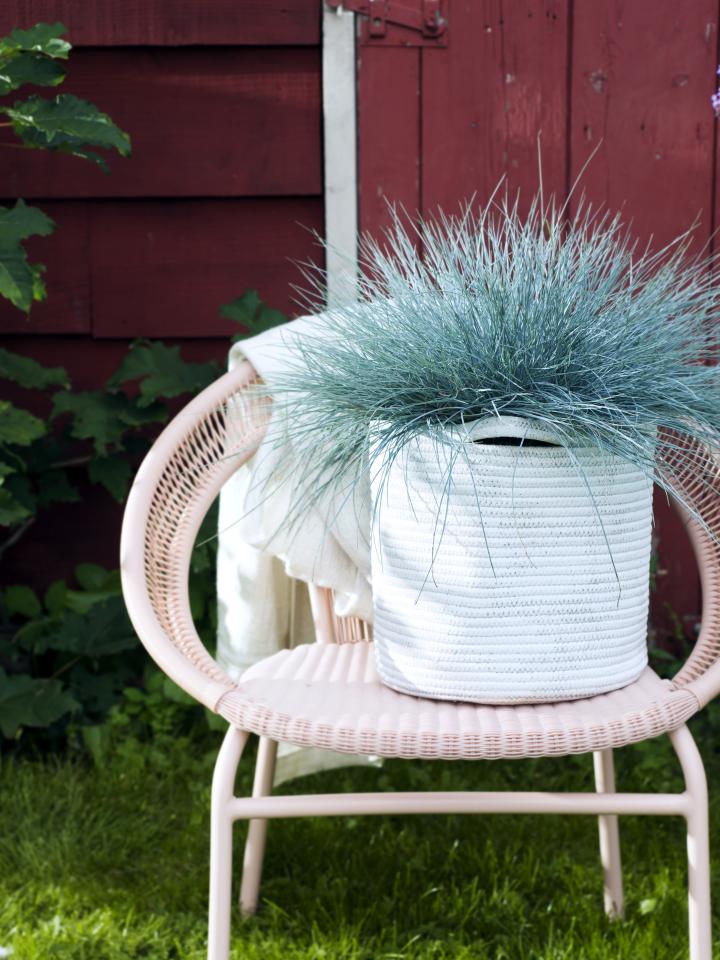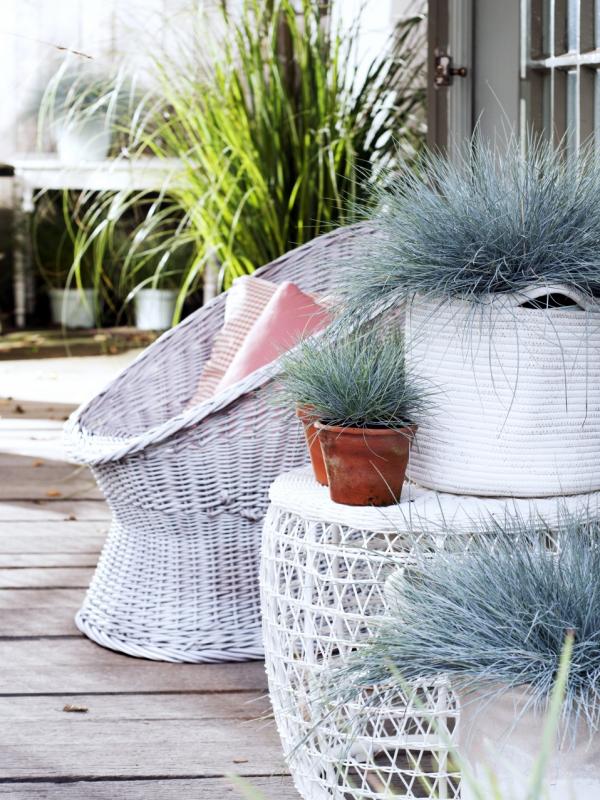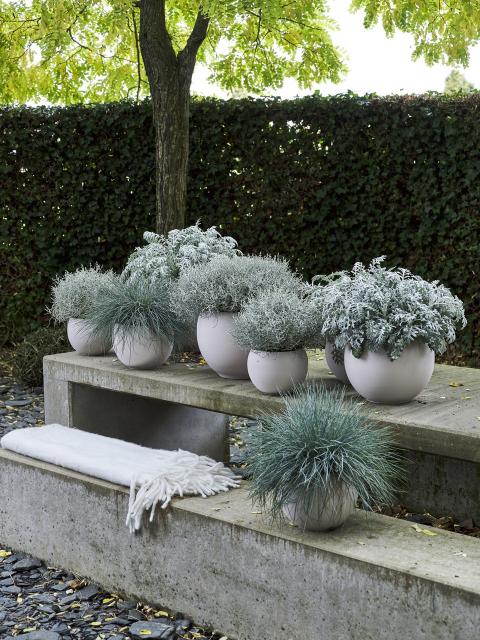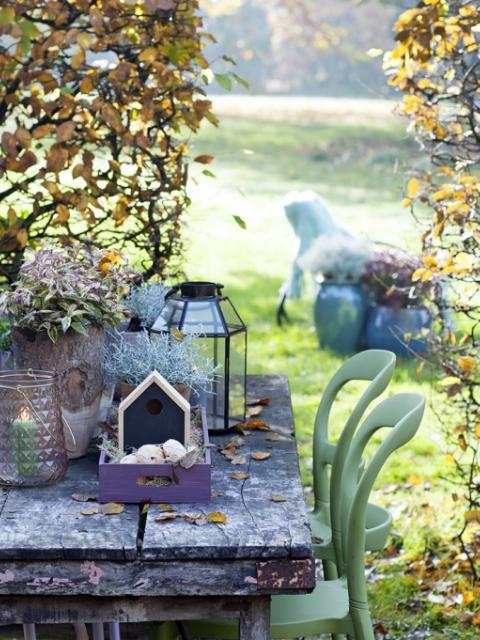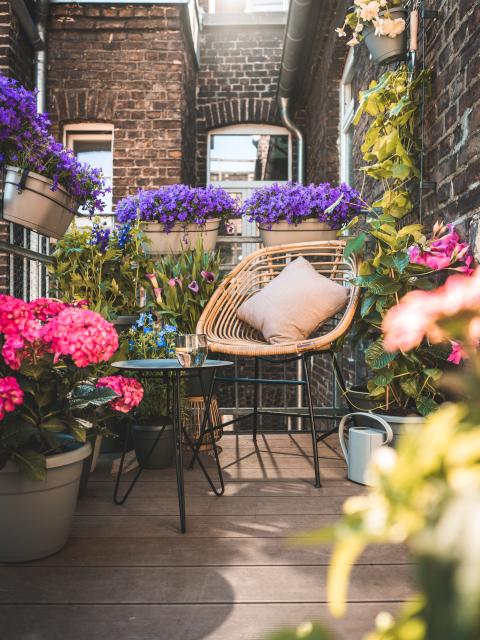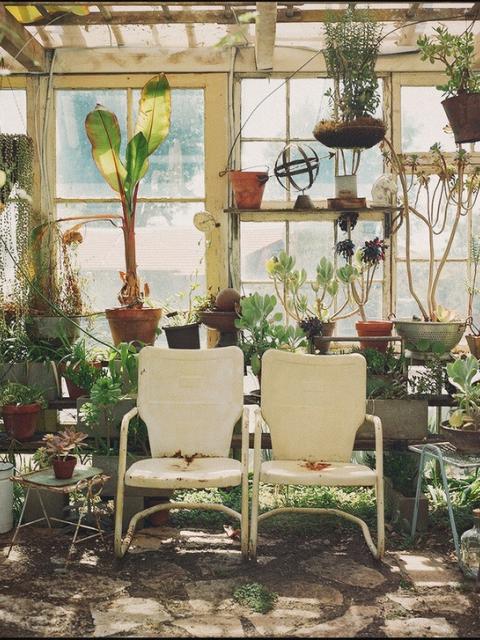The wispy blue-grey leaves make Blue Fescue (Festuca glace) an eye-catching ornamental grass. In summer it produces flower spikes which initially have the leaves’ sapphire colour, and later change to sunny yellow. The plant is hardy, grows to around 30-40cm and combines beautifully with other plants with grey, white and pink colours. Combining the blue shade with red is very contemporary, and placing it in a tall container, pot or vase is very popular to give a blue palm effect.
All-round power plant
Blue Fescue is a member of the Poaceae family of grasses, and can be found on every continent apart from Antarctica. It is particularly popular around the Mediterranean because it copes well with sun and a little drought, and provides fantastic colour in rather stark rock gardens. Unlike most other ornamental grasses, Blue Fescue stays fairly compact and is therefore suitable for vertical gardens, pots and hanging baskets. The cool, slightly misty colour looks best on frosty mornings in autumn and winter when there’s some rime on it.
Blue Fescue trivia
-
The Latin name Festuca menas 'grass stalk', 'glace' refers to the turquoise/grey colour.
-
Blue Fescue counters erosion so is often planted in bare areas.
-
Shepherds in the Alps are said to be able to forecast the weather with Blue Fescue: the blue turns slightly greyer when cold weather is approaching.
